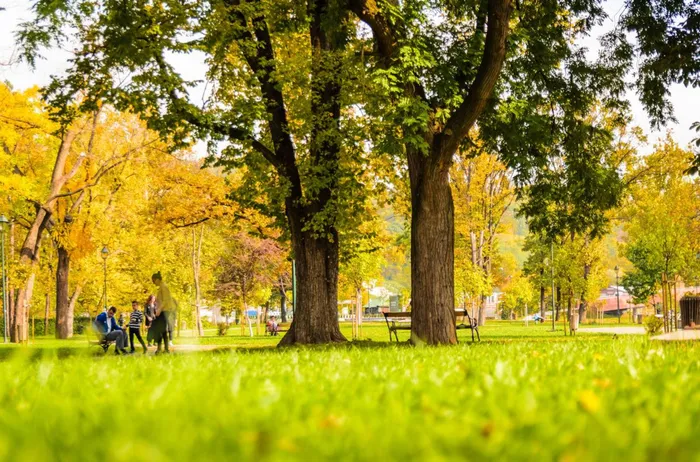How to spot an area worth investing in

These usually signal where the next property hot spots will be, says David Jacobs, a regional manager for the Rawson Property Group.
The factors also contribute to shifts in buying patterns which create opportunities for owners and investors with medium- to longterm views: “The rising demand for smaller homes in conveniently located areas creates opportunities for the renewal of older suburbs close to city centres and public transport hubs – and even old industrial and commercial areas where rundown properties can be recycled into decent and affordable accommodation.”
This is also a way for cities to make optimal use of utility, transport and communication infrastructure and become more inclusive, while lowering crime and grime.
“Similarly, there is downward pressure on the prices of the big, old homes in many heritage suburbs, but this creates more latitude for owners and developers to subdivide or rezone and build the upmarket apartments and clusters, for which there is strong demand, and that will generate a much higher return.
“Through this, job creation, a resurgence in property market activity and a boost for the construction industry, will ultimately contribute to positive economic growth,” Jacobs says.
Telltale signs of decline in areas that will not offer good returns:
♦ Increasing crime rate.
♦ Unkempt public areas – deterioration of parks, increased litter on the streets, vandalised public and private property.
♦ Building deterioration and vacant and abandoned buildings or land that become host to vagrants.
Related Stories
Related Topics: